-
 Bitcoin
Bitcoin $106,754.6083
1.33% -
 Ethereum
Ethereum $2,625.8249
3.80% -
 Tether USDt
Tether USDt $1.0001
-0.03% -
 XRP
XRP $2.1891
1.67% -
 BNB
BNB $654.5220
0.66% -
 Solana
Solana $156.9428
7.28% -
 USDC
USDC $0.9998
0.00% -
 Dogecoin
Dogecoin $0.1780
1.14% -
 TRON
TRON $0.2706
-0.16% -
 Cardano
Cardano $0.6470
2.77% -
 Hyperliquid
Hyperliquid $44.6467
10.24% -
 Sui
Sui $3.1128
3.86% -
 Bitcoin Cash
Bitcoin Cash $455.7646
3.00% -
 Chainlink
Chainlink $13.6858
4.08% -
 UNUS SED LEO
UNUS SED LEO $9.2682
0.21% -
 Avalanche
Avalanche $19.7433
3.79% -
 Stellar
Stellar $0.2616
1.64% -
 Toncoin
Toncoin $3.0222
2.19% -
 Shiba Inu
Shiba Inu $0.0...01220
1.49% -
 Hedera
Hedera $0.1580
2.75% -
 Litecoin
Litecoin $87.4964
2.29% -
 Polkadot
Polkadot $3.8958
3.05% -
 Ethena USDe
Ethena USDe $1.0000
-0.04% -
 Monero
Monero $317.2263
0.26% -
 Bitget Token
Bitget Token $4.5985
1.68% -
 Dai
Dai $0.9999
0.00% -
 Pepe
Pepe $0.0...01140
2.44% -
 Uniswap
Uniswap $7.6065
5.29% -
 Pi
Pi $0.6042
-2.00% -
 Aave
Aave $289.6343
6.02%
What does the closing of the Bollinger Bands indicate?
When Bollinger Bands close in crypto trading, it signals decreasing volatility and a potential breakout, though direction remains uncertain.
Jun 19, 2025 at 03:21 am

What Does the Closing of the Bollinger Bands Indicate?
Understanding Bollinger Bands in Cryptocurrency Trading
Bollinger Bands are a popular technical analysis tool used by traders across various financial markets, including cryptocurrency. They consist of three lines: a simple moving average (SMA) in the middle, and two outer bands that represent standard deviations above and below the SMA. These bands expand and contract based on market volatility. In the context of cryptocurrency trading, where price swings can be extreme, understanding what the closing of these bands indicates is crucial for making informed decisions.
The Mechanics Behind Narrowing Bollinger Bands
When the upper and lower bands begin to move closer together, this phenomenon is known as "band contraction" or "the bands closing." This typically signals a period of decreasing volatility. In the crypto space, where high volatility is the norm, a narrowing of the bands often precedes a significant price movement. However, it's important to note that this contraction does not indicate the direction of the upcoming move—only that a breakout may be imminent.
Traders should monitor volume during this phase. A drop in trading volume usually accompanies band compression, reinforcing the idea of consolidation before a potential breakout.
Interpreting the Signal in Crypto Markets
In cryptocurrency trading, the closing of Bollinger Bands can serve as a warning sign that the current trend is losing momentum. For example, if Bitcoin has been trending upward and the bands start to tighten, it could suggest that buying pressure is waning. Conversely, if Ethereum has been declining and the bands compress, it might indicate that sellers are exhausted.
This signal becomes more reliable when combined with other indicators such as Relative Strength Index (RSI) or Moving Average Convergence Divergence (MACD). It’s also essential to look at candlestick patterns forming during the contraction phase, as they may provide clues about the next directional move.
Practical Steps to React to Band Closure
- Monitor Volume Levels: A significant decrease in volume during the contraction phase suggests a stronger likelihood of an impending breakout.
- Identify Key Support and Resistance Levels: If the price is near a critical support or resistance level while the bands close, the probability of a strong move increases.
- Set Up Alerts: Many trading platforms allow users to set alerts for when Bollinger Bands narrow beyond a certain threshold. This can help traders prepare for possible entry or exit points.
- Use Stop-Loss Orders Carefully: Since breakouts can be sharp and fast in crypto markets, placing stop-loss orders too tightly may result in being stopped out prematurely.
- Wait for Confirmation: Rather than acting immediately upon seeing the bands close, wait for a clear breakout candle or confirmation from another indicator before entering a trade.
How Institutional Behavior Influences Band Dynamics
Institutional investors play a growing role in cryptocurrency markets. Their large trades can significantly affect volatility levels. When institutional activity slows down—such as over weekends or during major news lulls—the Bollinger Bands tend to narrow. This behavior reflects reduced participation and can lead to tight ranges forming on charts.
Conversely, sudden spikes in institutional buying or selling can cause the bands to widen rapidly. Traders who understand this dynamic can better anticipate how retail and institutional interactions shape price action.
Common Misinterpretations and Pitfalls
One common mistake among novice traders is assuming that a narrowing of the bands always leads to a breakout. In reality, sometimes the bands will close only to reopen slightly without any significant price movement. This false signal can lead to premature entries and losses.
Another pitfall is ignoring broader market conditions. For instance, during a prolonged sideways market, Bollinger Bands may remain compressed for extended periods. Acting on every contraction without considering the larger trend can result in repeated unsuccessful trades.
Frequently Asked Questions
Q: Can Bollinger Bands closing predict the exact direction of a price move?
No, Bollinger Bands do not indicate the direction of the upcoming price movement. They only signal that volatility is decreasing and a breakout may occur soon.
Q: Is the closing of Bollinger Bands more relevant in certain cryptocurrencies?
The concept applies to all cryptocurrencies, but it tends to be more effective in highly liquid assets like Bitcoin (BTC) or Ethereum (ETH), where institutional influence and volume are more pronounced.
Q: Should I use Bollinger Bands alone to make trading decisions in crypto?
It is generally not recommended to rely solely on Bollinger Bands. Combining them with volume analysis, candlestick patterns, and other technical indicators improves accuracy and reduces false signals.
Q: How long can Bollinger Bands stay closed before a breakout happens?
There is no fixed timeframe. In some cases, a breakout may occur within hours; in others, especially during low-volume periods, the bands may remain closed for days without a significant move.
Disclaimer:info@kdj.com
The information provided is not trading advice. kdj.com does not assume any responsibility for any investments made based on the information provided in this article. Cryptocurrencies are highly volatile and it is highly recommended that you invest with caution after thorough research!
If you believe that the content used on this website infringes your copyright, please contact us immediately (info@kdj.com) and we will delete it promptly.
- BAY Miner & XY Miners: Unlock Daily Earnings with BTC, DOGE, and LTC Cloud Mining
- 2025-06-20 10:25:12
- Decoding the Aaluxx Myth: Maya Protocol and the Smart Economy
- 2025-06-20 10:30:12
- Binance Wallet, Exclusive Token, Launch: What You Need to Know
- 2025-06-20 10:45:12
- Semler Scientific's Bitcoin Bet: Bold Move or Risky Gamble?
- 2025-06-20 10:50:12
- SHIB Eyes on Whale Activity and Shibarium Upgrade: Will It Trigger a Reversal?
- 2025-06-20 10:50:12
- Crypto Bull Run Expert Prediction: Navigating the Generational Surge
- 2025-06-20 08:25:12
Related knowledge
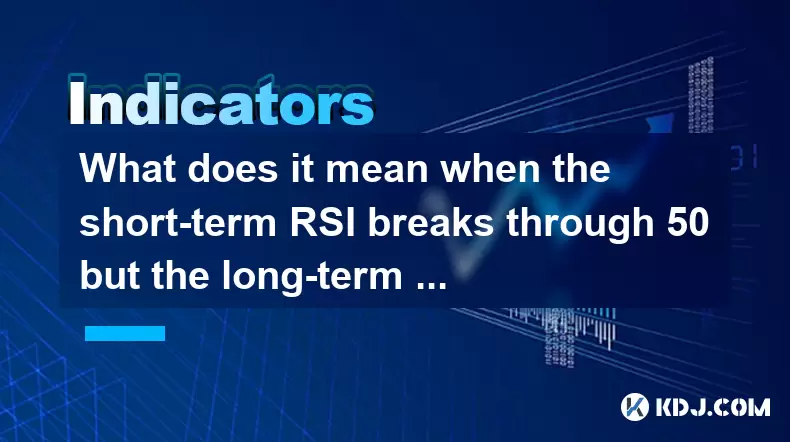
What does it mean when the short-term RSI breaks through 50 but the long-term RSI does not move in the RSI indicator?
Jun 20,2025 at 10:42am
Understanding the RSI Indicator and Its Dual-Term ApplicationThe Relative Strength Index (RSI) is a widely used momentum oscillator in technical analysis, primarily for identifying overbought or oversold conditions in an asset’s price movement. It typically operates on a scale from 0 to 100, with levels above 70 considered overbought and below 30 consid...
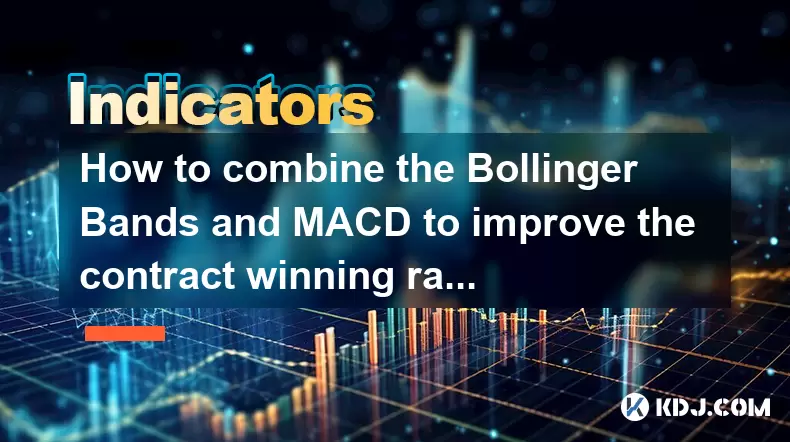
How to combine the Bollinger Bands and MACD to improve the contract winning rate?
Jun 19,2025 at 06:35pm
Understanding Bollinger Bands and MACD IndicatorsTo effectively combine Bollinger Bands and the MACD (Moving Average Convergence Divergence), it's essential to first understand what each indicator represents. Bollinger Bands consist of a middle moving average line and two outer bands that adjust based on market volatility. When prices move toward the up...
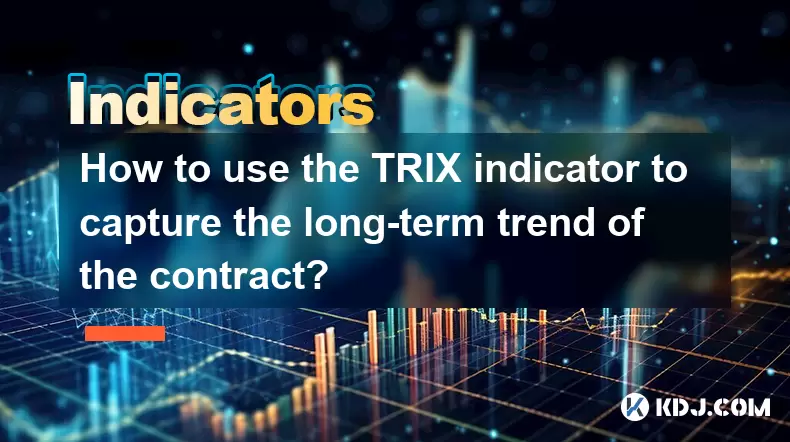
How to use the TRIX indicator to capture the long-term trend of the contract?
Jun 20,2025 at 09:14am
What Is the TRIX Indicator?The TRIX (Triple Exponential Average) indicator is a momentum oscillator used to identify oversold and overbought conditions, as well as potential trend reversals in financial markets. It is calculated by applying a triple exponential moving average to price data and then taking the percentage rate of change of that smoothed v...

How does the long lower shadow of the K line indicate the formation of the bottom of the contract?
Jun 19,2025 at 05:00am
Understanding the Long Lower Shadow in K-Line AnalysisIn cryptocurrency trading, K-line analysis plays a pivotal role in determining market sentiment and potential price reversals. A long lower shadow, also known as a long wick, is one of the most telling candlestick patterns that traders look for when assessing whether a bottom might be forming in a co...
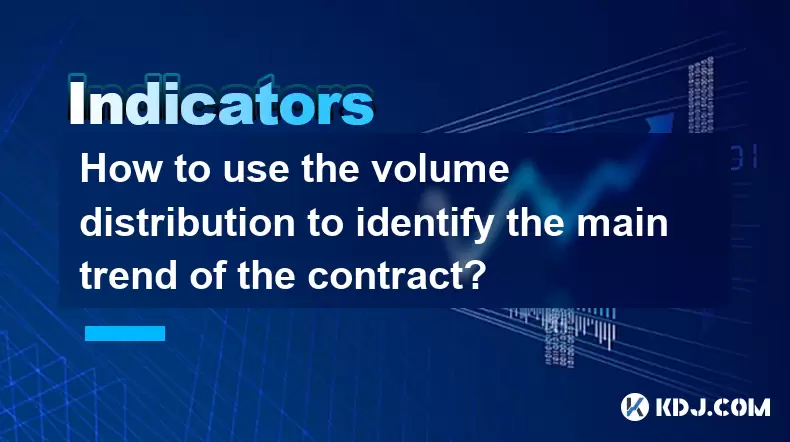
How to use the volume distribution to identify the main trend of the contract?
Jun 20,2025 at 03:56am
Understanding Volume Distribution in Cryptocurrency ContractsIn the realm of cryptocurrency trading, particularly within futures and perpetual contracts, volume distribution plays a pivotal role in deciphering market sentiment. Unlike spot markets, contract trading involves leveraged positions that can amplify both gains and losses. To navigate this com...
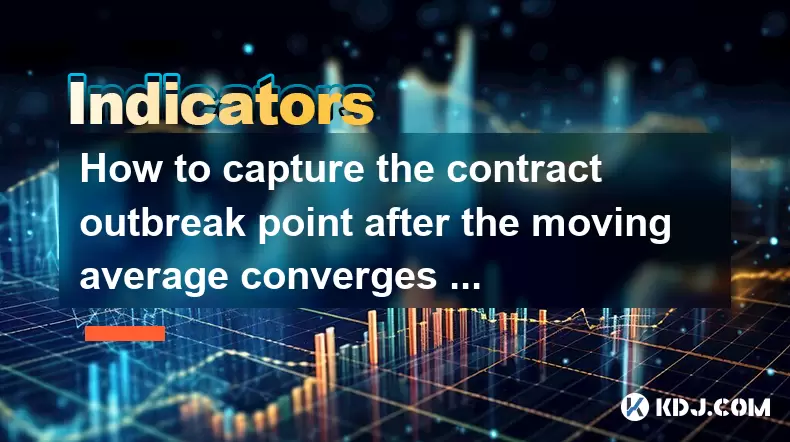
How to capture the contract outbreak point after the moving average converges and diverges?
Jun 19,2025 at 02:07pm
Understanding Moving Average Convergence and Divergence in Crypto TradingIn cryptocurrency trading, moving averages are among the most widely used technical indicators. The concept of convergence and divergence refers to how different moving averages align or separate over time. When short-term and long-term moving averages come together (converge), it ...

What does it mean when the short-term RSI breaks through 50 but the long-term RSI does not move in the RSI indicator?
Jun 20,2025 at 10:42am
Understanding the RSI Indicator and Its Dual-Term ApplicationThe Relative Strength Index (RSI) is a widely used momentum oscillator in technical analysis, primarily for identifying overbought or oversold conditions in an asset’s price movement. It typically operates on a scale from 0 to 100, with levels above 70 considered overbought and below 30 consid...

How to combine the Bollinger Bands and MACD to improve the contract winning rate?
Jun 19,2025 at 06:35pm
Understanding Bollinger Bands and MACD IndicatorsTo effectively combine Bollinger Bands and the MACD (Moving Average Convergence Divergence), it's essential to first understand what each indicator represents. Bollinger Bands consist of a middle moving average line and two outer bands that adjust based on market volatility. When prices move toward the up...

How to use the TRIX indicator to capture the long-term trend of the contract?
Jun 20,2025 at 09:14am
What Is the TRIX Indicator?The TRIX (Triple Exponential Average) indicator is a momentum oscillator used to identify oversold and overbought conditions, as well as potential trend reversals in financial markets. It is calculated by applying a triple exponential moving average to price data and then taking the percentage rate of change of that smoothed v...

How does the long lower shadow of the K line indicate the formation of the bottom of the contract?
Jun 19,2025 at 05:00am
Understanding the Long Lower Shadow in K-Line AnalysisIn cryptocurrency trading, K-line analysis plays a pivotal role in determining market sentiment and potential price reversals. A long lower shadow, also known as a long wick, is one of the most telling candlestick patterns that traders look for when assessing whether a bottom might be forming in a co...

How to use the volume distribution to identify the main trend of the contract?
Jun 20,2025 at 03:56am
Understanding Volume Distribution in Cryptocurrency ContractsIn the realm of cryptocurrency trading, particularly within futures and perpetual contracts, volume distribution plays a pivotal role in deciphering market sentiment. Unlike spot markets, contract trading involves leveraged positions that can amplify both gains and losses. To navigate this com...

How to capture the contract outbreak point after the moving average converges and diverges?
Jun 19,2025 at 02:07pm
Understanding Moving Average Convergence and Divergence in Crypto TradingIn cryptocurrency trading, moving averages are among the most widely used technical indicators. The concept of convergence and divergence refers to how different moving averages align or separate over time. When short-term and long-term moving averages come together (converge), it ...
See all articles

























































































